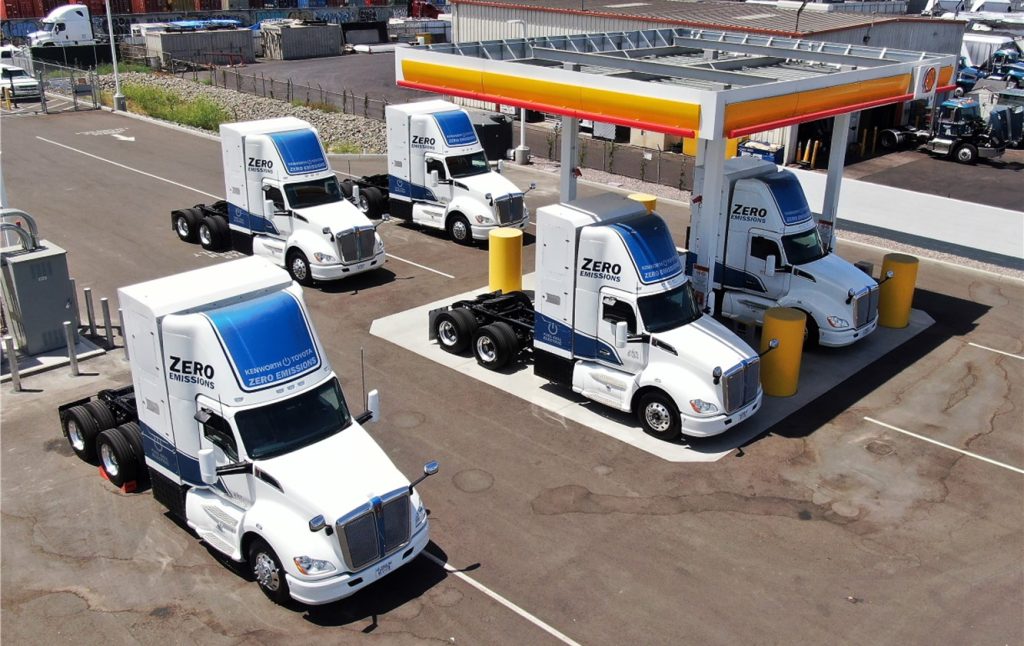U.S. Treasury Secretary Janet Yellen escalated trade tensions with China over its massive subsidies for green industries like electric vehicles, solar panels and batteries. During her recent four-day visit to Beijing, Yellen bluntly warned that the Biden administration “will not accept” American industries being decimated by a flood of cheap Chinese exports – a repeat of the “China shock” that hollowed out U.S. manufacturing in the early 2000s.
At the heart of the dispute are allegations that China has massively overinvested in renewable energy supply chains, building factory capacity far exceeding domestic demand. This excess output is then exported at artificially low prices due to Beijing’s subsidies, undercutting firms in the U.S., Europe and elsewhere.
“Over a decade ago, massive Chinese government support led to below-cost Chinese steel that flooded the global market and decimated industries across the world and in the United States,” Yellen said. “I’ve made it clear that President Biden and I will not accept that reality again.”
While not threatening immediate tariffs or trade actions, the stark warning shows Washington is seriously considering punitive measures if Beijing does not rein in subsidies and overcapacity. Yellen said U.S. concerns are shared by allies like Europe and Japan fearing a glut of unfairly cheap Chinese green tech imports.
For its part, China is pushing back hard. Officials argue the U.S. is unfairly portraying its renewable energy firms as subsidized, understating their innovation. They claim restricting Chinese electric vehicle imports would violate WTO rules and deprive global markets of key climate solutions.
Escalating tensions over green tech subsidies could disrupt trade flows and supply chains for renewable energy developers, electric automakers, battery manufacturers and more across multiple continents. Some key impacts for investors:
Rising Costs: Potential tariffs on Chinese solar panels, wind turbines, EV batteries and other components could increase costs for green energy projects in the U.S. and allied countries, slowing roll-out.
Shifting Competitive Landscape: Non-Chinese exporters of renewable hardware like solar from countries like South Korea, Vietnam or India may benefit from U.S. trade actions against China, increasing overall competition.
Consumer Prices: Green tech price inflation could be passed through to consumers for products like rooftop solar systems, home batteries and EVs if tariffs increase costs.
Strategic Decoupling: If tensions escalate towards a full “decoupling”, it could accelerate efforts by the U.S., Europe and others to secure their supply chains by bringing more critical green industries in-house through domestic investments and subsidies.
Stock Impacts: Depending on how tensions unfold, stocks of firms exposed to U.S.-China green tech trade flows could face volatility and disruptions in both directions. Tariffs would likely create clear winners and losers.
For now, Yellen says new forums for discussions have been created to potentially resolve overcapacity concerns. However, her blunt warnings suggest the U.S. will not hesitate to take tougher actions to protect America’s fledgling renewable energy and electric vehicle industries from alleged unfair Chinese trade practices.



